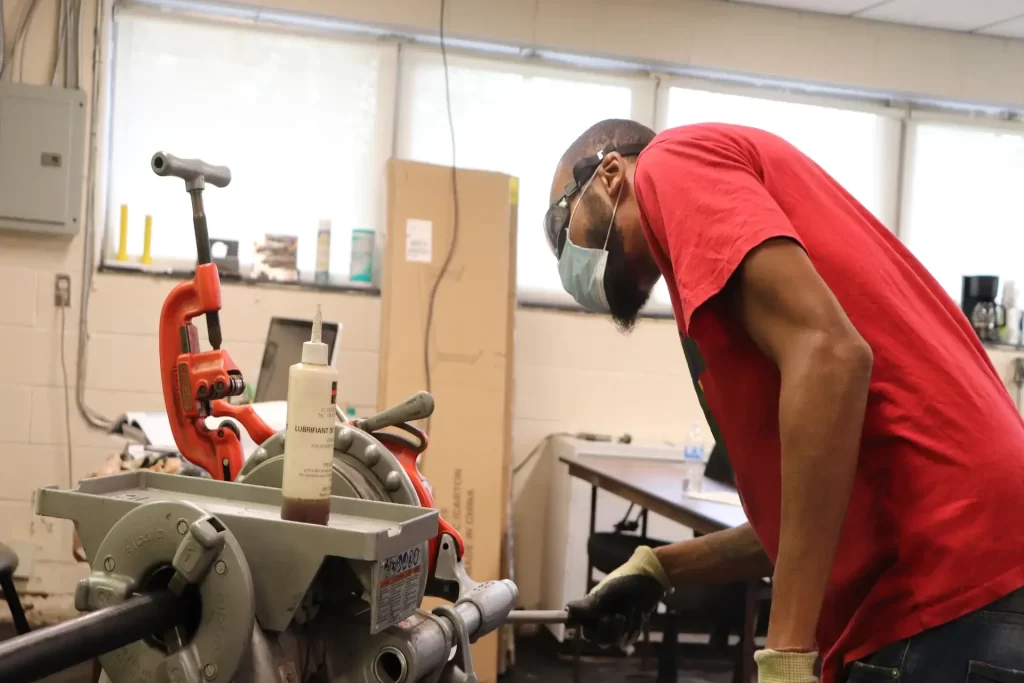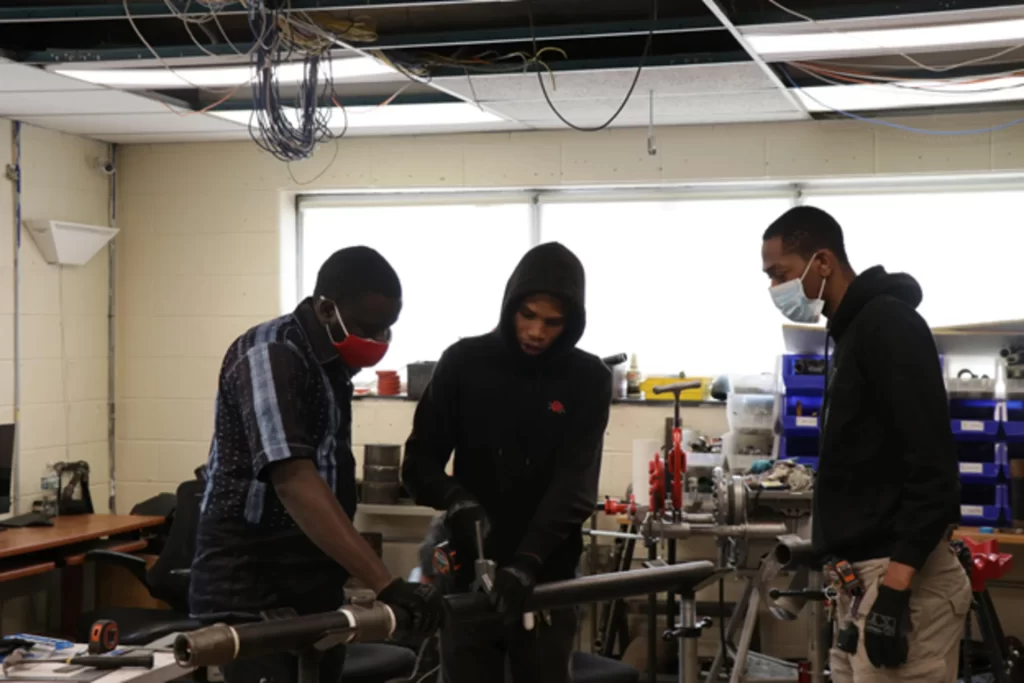The work of steamfitters is crucial to the safety and effectiveness of many construction industry. They play a significant role in the construction sector. In various industrial, commercial, and residential contexts, experienced specialists known as steamfitters construct, maintain, and repair pipe systems that transport steam, water, and other fluids. The benefits of steamfitters to the efficiency and safety of the construction industry will be discussed in this article.
Steamfitters are essential to guaranteeing the safety of the pipe systems they build and maintain since safety is a key issue in the construction industry. Inadequately installed or maintained piping systems can result in serious safety risks, including leaks, explosions, and fires. Consequently, steamfitters must adhere to rigorous safety procedures when working on pipelines.
Steamfitters contribute to the construction industry’s safety by ensuring piping systems are properly designed and installed. Steamfitters are trained to read and interpret blueprints and other technical drawings to understand the layout and specifications of the piping system they are working on. They use this knowledge to select the appropriate materials and fittings for the system and install them correctly to prevent leaks or other problems.
Steamfitters must also ensure that the piping systems they work on are safe to use by testing them for leaks and other issues. They use specialized equipment in steamfitter job to test the pressure and temperature of the system to ensure that it can handle the fluids it is designed to transport. If they detect any issues, they must repair them promptly to prevent any safety hazards.
Another way steamfitters contribute to the construction industry’s safety is by regularly maintaining piping systems. Regular maintenance ensures the systems continue functioning correctly and prevents potential safety hazards from developing. Steamfitters perform routine inspections and repairs on piping systems to identify and fix any issues before they become major problems. They also replace any worn or damaged components to prevent leaks or other safety hazards.

Another critical aspect of the building business is efficiency, and many projects may be made more efficient thanks in large part to the work of steamfitters. For instance, steamfitters ensure pipe systems are constructed as effectively as possible. In steamfitter training, they also assist with pipe system maintenance and ensure they continue to function effectively.
Steamfitters help the construction industry run more smoothly by selecting and installing the best pipe systems and components. Steamfitters must consider several factors when selecting pipe materials and fittings, such as the kind of fluids being transported, the design of the building, and the system’s overall energy efficiency. They must also ensure that the piping system is designed and installed to maximize efficiency, such as minimizing the distance that fluids must travel and reducing the number of bends or turns in the piping.
Steamfitters also contribute to the efficiency of the construction industry by maintaining and repairing piping systems to prevent energy waste. Leaks and other issues in piping systems can cause energy waste by allowing fluids to escape or by requiring the system to work harder to compensate for the lost fluids. Steamfitter apprentices perform routine maintenance and repairs to identify and fix any issues that could lead to energy waste, such as replacing worn or damaged components or sealing leaks.
Steamfitters are knowledgeable about recent piping technologies. As a result, they can provide professional advice to construction work on the most appropriate piping solutions, helping to ensure that projects are completed efficiently.
Steamfitters follow safety protocols to protect from harm. They wear protective gear, follow established safety procedures, and ensure their work environment is safe and secure.
Steamfitters are knowledgeable about regulatory requirements for piping systems, including codes and standards that must be followed. As a result, they ensure that piping systems meet these requirements, preventing potential violations and ensuring the safety of the construction site.

Another way steamfitters contribute to the efficiency of the construction industry is by working closely with other tradespeople on construction projects. Steamfitters must coordinate their work with other trades, such as electricians and HVAC technicians, to ensure that piping systems are integrated correctly into the overall construction project. By collaborating with other tradespeople, steamfitters can help reduce the construction project’s overall time and cost while ensuring that the piping system is installed correctly and operates efficiently.
Steamfitters work closely with other trades, such as electricians and HVAC technicians, to ensure that steamfitter programs are appropriately integrated into larger building systems. This helps to ensure that heating and cooling systems are functioning efficiently and that the building is comfortable for occupants.
Steamfitters are constantly studying new technologies and methods to build, maintain, and repair pipe systems. This guarantees they can provide their clients with the most effective and efficient skilled trade solutions and helps them keep current with the most recent industry standards and best practises.
In conclusion, steamfitters play a crucial role in the efficiency and safety of the building sector. By offering professional guidance, adhering to safety regulations, and providing expert advice, they make sure that pipe systems are established and maintained correctly. By doing this, they contribute to accident avoidance, downtime reduction, and the timely and cost-effective completion of piping systems.
Read More